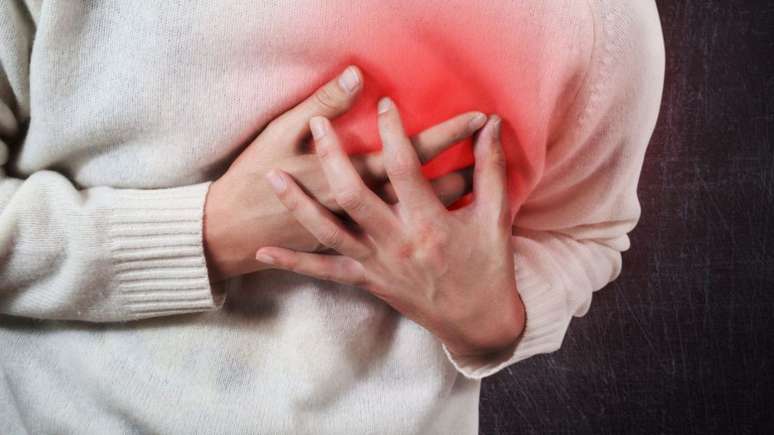This is a condition that affects the functioning of the heart and can be classified as mild or severe.
THE cardiac arrhythmia is a group of conditions characterized by changes in the rhythm of the heartbeat. The conditions can vary between slower beats, called bradyarrhythmiasor more accelerated, known as tachyarrhythmias. Additionally, they can be irregular, causing a variety of uncomfortable symptoms.
THE Brazilian Society of Cardiac Arrhythmias (Sobrac) It is estimated that one in four people may suffer from arrhythmias during their lifetime. Arrhythmia contributes to the sudden death of approximately 300,000 Brazilians each year.
What are cardiac arrhythmias?
To understand arrhythmias, it is important to know how the heart normally works. The heart generates its own electrical impulse that allows the contraction phases (systole) and relax (diastole) of the heart muscle. This impulse follows an organized sequence to ensure effective blood circulation.
Arrhythmias, on the other hand, represent a”failure” in this system of electrical impulses, causing irregular heartbeats. Symptoms may include palpitations, blurred vision, dizziness, fainting, malaise, chest pain, shortness of breath, sweating, and paleness.
What are the types of arrhythmia?
Arrhythmias can be classified according to where they originate in the heart. According to Cleveland Clinicthe main types are:
- Supraventricular arrhythmias: Start with us atriathe upper chambers of the heart. A common example is the atrial fibrillation.
- Ventricular arrhythmias: have their origin in ventriclesthe lower chambers of the heart.
- Bradyarrhythmias: They occur due to problems in the heart’s conduction system, resulting in a slow heartbeat.
Arrhythmias can also be classified as severe or malignant and mild or benign. According to the cardiologist Aristides Medeiros ReadMild arrhythmias do not have major repercussions, while severe ones can significantly compromise the functioning of the heart.
“Mild arrhythmias are those without repercussions, while severe arrhythmias are those with repercussions in relation to the functioning of the heart”he explained in an interview with CNN.
What are the risks of arrhythmia?
If not treated properly, arrhythmias can lead to a variety of complications. According to the Cleveland Clinic, the main risks include weakening of the heart muscle (cardiomyopathy), cardiac arrest, and stroke.
Treatment will depend on the type of arrhythmia. Mild cases may require only regular monitoring, while more severe arrhythmias may require medications, specialized procedures, or even surgery.
When is physical activity contraindicated?
Exercise can be problematic for people with severe or symptomatic arrhythmias. Aristides Medeiros Leite warns that competitive sports, which require sudden, intense exertion, can dangerously trigger these conditions.
However, as Eliana Correaphysiotherapist at University of the City of S. Paulo (Unicid), specific, low-intensity exercises may be prescribed in cardiopulmonary and metabolic rehabilitation programs.”For this group of people it may be contraindicated to practice sports, but not necessarily physical exercise, which is why the cardiopulmonary rehabilitation program is so important”.
For those who suffer from mild arrhythmias there are no contraindications to physical activity, but it is essential to undergo medical examinations before starting. Stress tests, for example, can evaluate how the heart reacts to effort, ensuring the safety of the exercise.
*Article originally published on Perfil Brasil
Source: Terra
Ben Stock is a lifestyle journalist and author at Gossipify. He writes about topics such as health, wellness, travel, food and home decor. He provides practical advice and inspiration to improve well-being, keeps readers up to date with latest lifestyle news and trends, known for his engaging writing style, in-depth analysis and unique perspectives.






![A Better Life Preview: What’s in store for Tuesday, October 28, 2025 Episode 451 [SPOILERS] A Better Life Preview: What’s in store for Tuesday, October 28, 2025 Episode 451 [SPOILERS]](https://fr.web.img6.acsta.net/img/8d/31/8d31dfd185907af0493c2e63a968ddd0.jpg)

